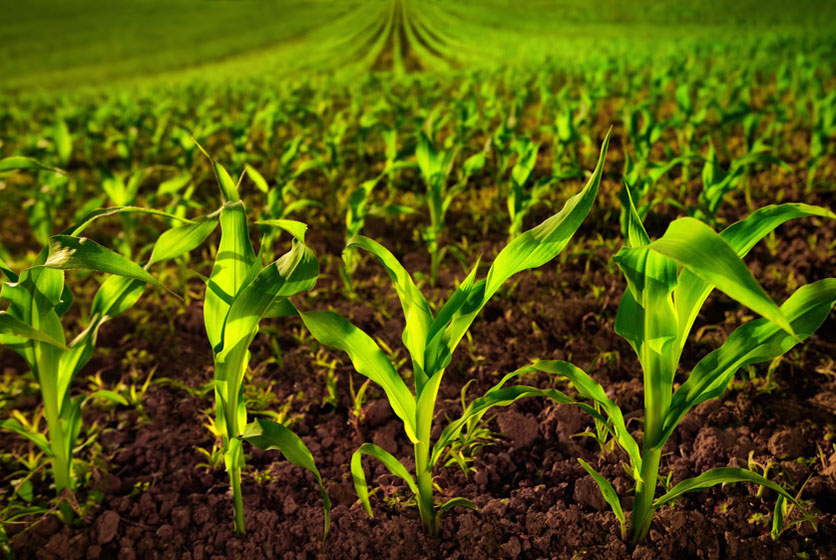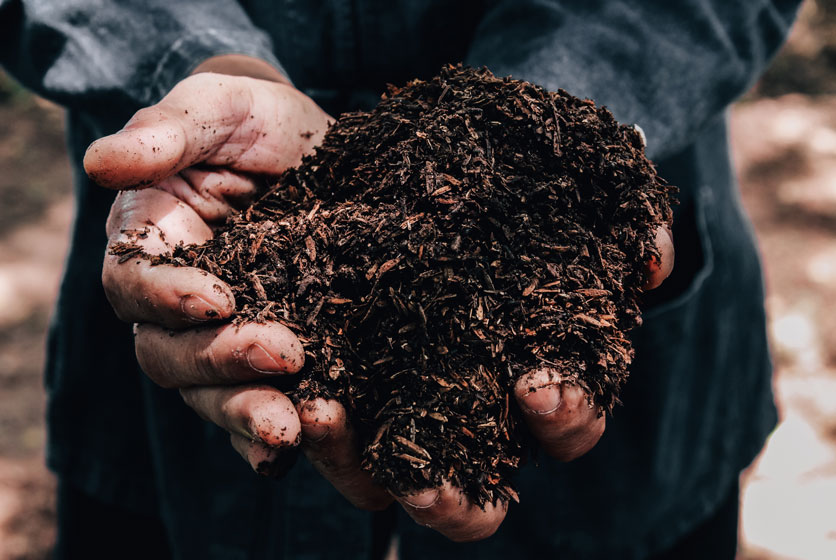Soil Fertility
It is, literally, the foundation for agriculture and when it is healthy and fertile, it provides strong support to the farmer and all their efforts. Yes, indeed, we are talking about soil and how soil fertility is a critical component of all farming efforts.
What is soil fertility?
According to The Food and Agriculture Organization of the United Nations (FAO), soil fertility is the ability of the soil to supply nutrients in the right quantity and right proportion. There are around 17 elements that are crucial to the life cycle of plants. Out of these 17 elements, 14 come directly from the soil.
At its peak, fertile soil has all the macro & micro elements needed by crops. But, with age and the natural cycles of cropping, soil loses its fertility. This is why soil fertility management is important - it is a delicate & sophisticated skill and in most parts of the world, it brings together science and traditional knowledge.
Soil analysis can help identify the levels of nutrients present in soil. Farmers also rely on their own knowledge and understanding of soil to help make decisions on:
- How much fertiliser is needed for soil
- When should these fertilisers be applied
- Should there be different crops grown on soil and so on

Methods of management
Soil fertility has been managed in multiple ways. Nuclear techniques, for instance, provide data in a most interesting manner. There is also integrated soil fertility management that uses the application of fertilisers along with growing grain legumes for nitrogen fixation. Farmers can also grow specific types of crops that add organic material to soil.
According to The Indian Institute of Soil Science (IISS), most of the soil systems in India are showing signs of fatigue. This is because of:
- Wide gap between nutrient demand and supply
- Imbalance fertiliser use
- Soil drainage
- Salinity and acidity of soil and so on
It is therefore imperative for farmers to manage soil fertility in a timely and intensive fashion.

Use of organic matter
With growing awareness on the negative effects of chemicals, farmers are turning to organic matter for improving soil fertility. Green manuring or the use of undecomposed material is yielding healthier soil. So is mulching and using biochar. Farmers are also using manure obtained from animals for their fields.
Multi-cropping
Growing different types of crops on a single piece of land can also help in soil fertility management. Take the case of the women farmers in Marathwada - putting multiple crops in close proximity helped them reduce the dependence on chemical fertilisers and raise levels of soil fertility too. Growing pulses can help in soil microbes and nitrogen fixation.
Modern technology is also helping improve soil fertility. For instance, using nano technology to determine the best way to apply inputs to the soil helps in resource management.
Healthy soils means healthy crops and better productivity as well. It also means that a farmer can grow crops in a cost effective and resourceful manner for a sustained time as well. This resilience is, in the long run, good for the entire ecosystem of people, animals and plants that rely on good and fertile soil.



